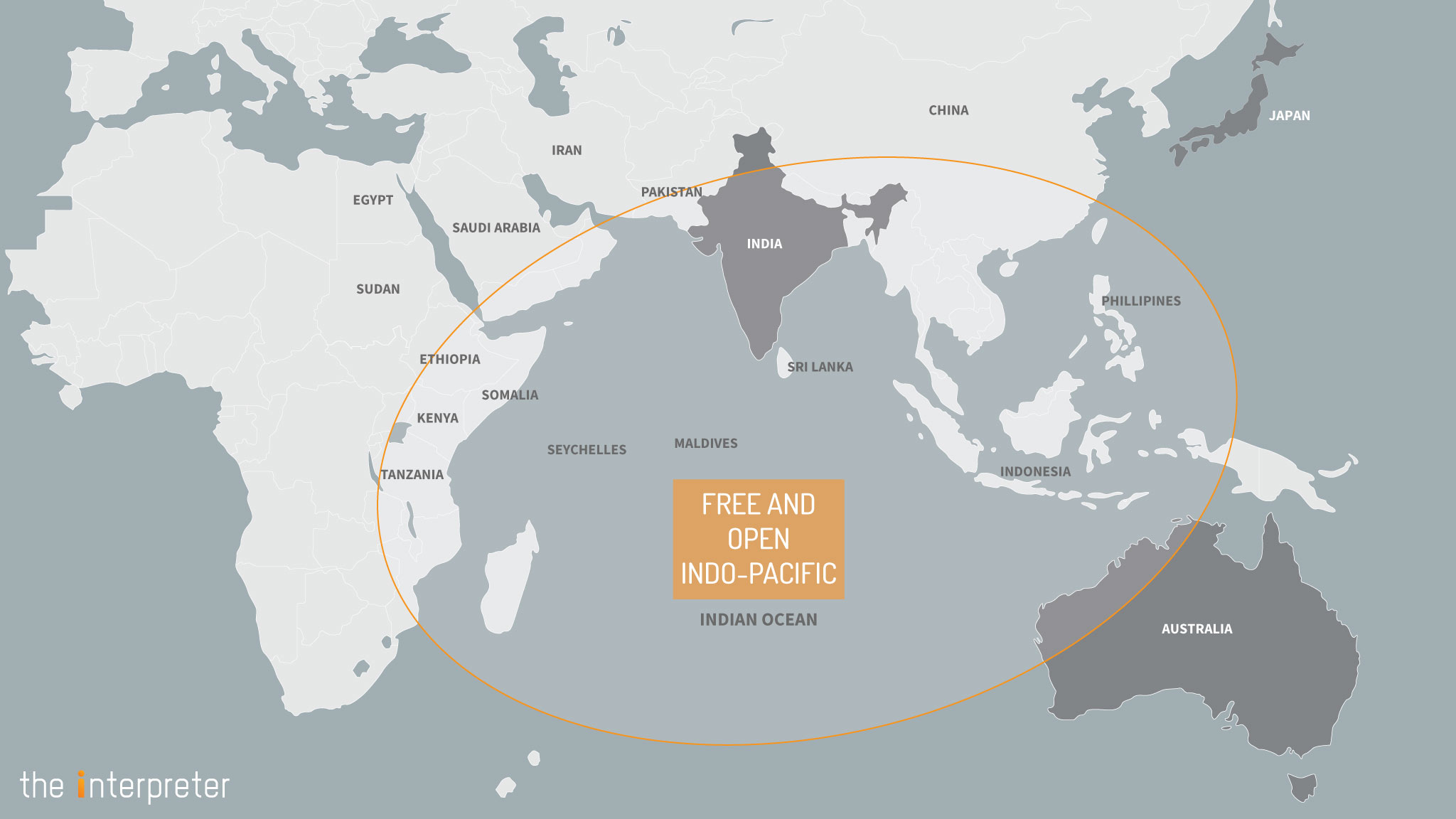Free and Open Indo-Pacific:
- India and Japan outlined a vision for strengthened bilateral relations at the 13th annual summit.
- Japan’s formulation of a “free and open Indo-Pacific” received a central place in the vision statement issued at the end of the talks, with both sides stressing their “unwavering commitment to it.”
- The concept is usually seen as a response to China’s growing dominance in the region.
Recent developments Indo-Pacific region
- Bangladesh has already chosen Japan’s Martabali port project instead of China’s Sonadia port project. If the Trincomalee port project – involving Japanese assistance – in Sri Lanka succeeds, then the importance of China’s Hambantota port will decline.
- Similarly, the Chabahar port project in Iran can mitigate the importance of the Chinese Gwadar port in Pakistan.
- The Asia-Africa Growth Corridor (AAGC), a result of Indo-Japanese cooperation, will also counter China’s growing influence in Africa.
- India has secured access to Duqm port in Oman for military use and develop the Agalega Island in Mauritius.
- The Indian Navy has secured a logistics facility in Singapore that will allow it to refuel and rearm and has similar facilities in Vietnam.
- India’s recent logistics agreement with France, just like the one with the US, allows it to access France’s military bases across the Indo-Pacific.
- India and Indonesia are considering the development of a port at Sabang close to the Malacca Strait after the Indonesian minister for maritime affairs offered the port to India for military use. China was quick to warn India against militarization of the port.
- The Andaman and Nicobar Islands are strategically important. These islands are near the Malacca Straits, providing an excellent location for tracking China’s submarine activities. India is modernizing infrastructure to deploy more and larger warships and planes in the Andaman and Nicobar Islands.
- In addition, Japanese investment in India’s strategic road project in the latter’s North-East region will help increase India-South-East Asia trade. There is a possibility that growing India-South-East Asia trade could reduce China’s influence in South-East Asia.
- India has been conducting a number of bilateral and multilateral military exercises. The Malabar naval exercises with the US and Japan are the largest and the most complex series of naval exercises that India engages in, developing interoperability with two of the most powerful navies in the Indo-Pacific.
- The Quad, while not being given a military dimension yet, will be the most important grouping in the Indo-Pacific. It will have to set an economic programme to help smaller countries of the region.
